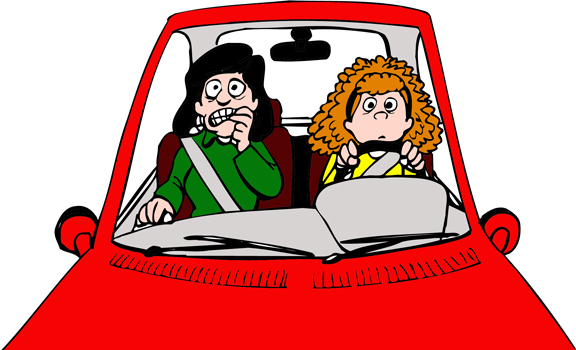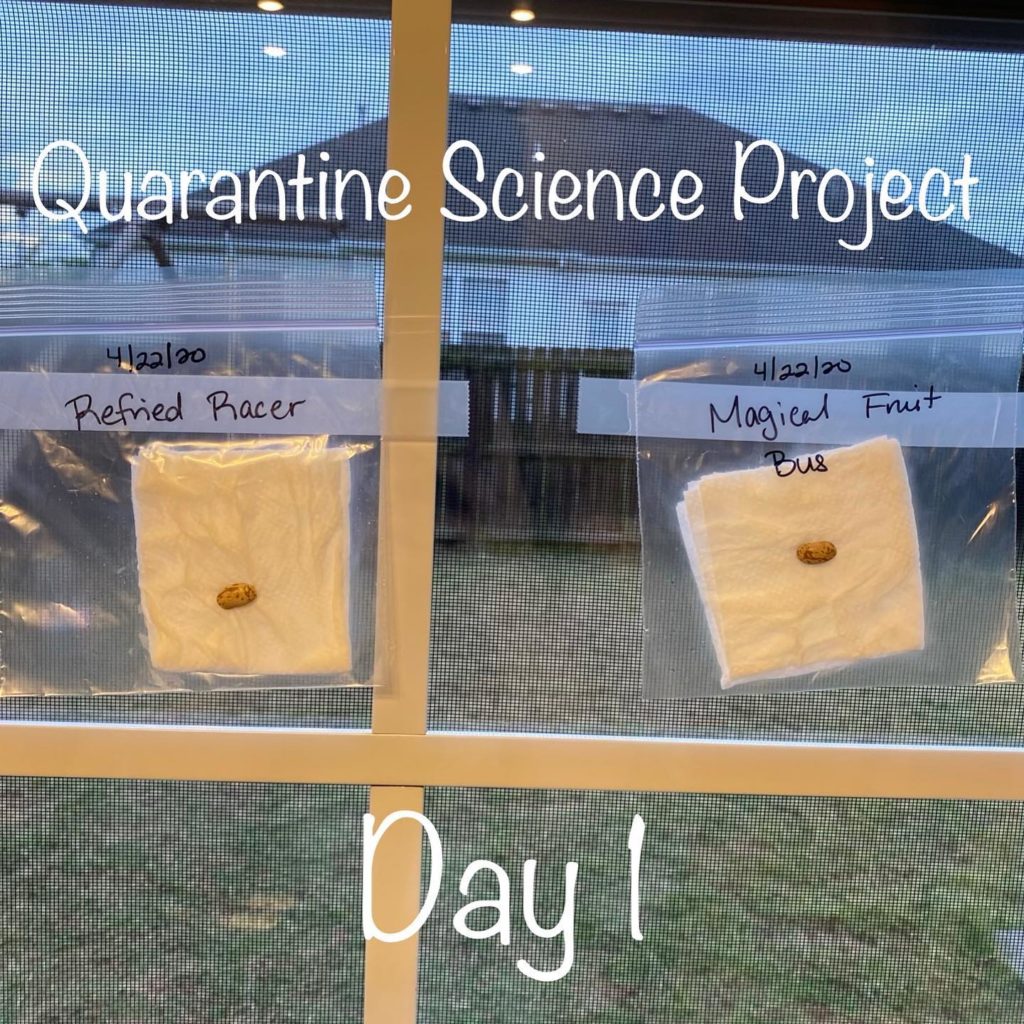That phrase caught my attention a few weeks ago–little did I know the relevance it would have for life under COVID-19. A financial advisor was explaining his career change to me. I had asked, “Why leave a Ph.D. in physical therapy and an established practice to start a job in the financial field?” He explained that his first career choice was a matter of the messaging he had ‘caught’ from his family, his teachers, his peers, and his community. The message? A career in the medical professions is valued more than other careers. It wasn’t just what people had told him explicitly, it was the way they talked about it–the implied valued that came across in informal conversations. Eight years and a lot of school later he decided finance was a better fit for him.
What does it mean and why is it relevant right now?
It is a reminder that our children learn or ‘catch’ things by being students of our informal words or actions just as much, if not more so, than what they learn when we teach them explicitly. An example might be the first time I had my daughter in the car to learn to drive. I quickly realized she was learning to drive her entire life–catching what I was not aware I was teaching her–my own driving habits and behaviors, both good and bad.

The relevance? COVID-19 closures of in-person schooling have forced families to step in and try to be educators, temporarily. Now more than ever, children are catching more learning at home.

For example, I could put together an incredible at-home science lesson intended to generate wonder and curiosity. Once I turn it over to my students and their families I have no control over how it is realized. What I intended to teach may now boil down to factors outside of my control such as parent’s literacy levels, parents’ attitudes toward and understanding of science inquiry, parents’ competing demands for their time and attention such as their job, other siblings’ needs, their own stress… I think you get the picture.
What can we do if our students are likely to be catching more and learning less from explicit teaching? This is where agility and grace can be modeled for our families and our students. How?
- Communicate for connection. Intentionally connect to build and maintain trust relationships to support emergency remote learning. Help your students with connection, too. Bring them together for informal, semi-structured remote sessions so they can see their friends and share what is going on in their lives. If digital means are limited, find ways to connect old-school by phone or mail. They miss each other just like you miss your colleagues during this time.
- Keep it simple–focus on and go deeper in the essentials. Consider the variation you have in reading, prior knowledge, and experience levels among your students and the possibility that your parents may have even more. Simplicity rules when you are sending something home since you can’t shepherd the learning yourself.
- Be flexible in your design. Use Universal Design for Learning Guiding Principles to include multiple ways for engagement, representation, action, and expression.
- Assume positive intentions of your students and their parents. We know some students are living in situations that will make learning difficult for any number of reasons. We can guess that what they ‘catch’ at this time will be more than what they are taught and that may be a matter of health, sanity, and survival. Try not to judge parent’s motivation or circumstance–it doesn’t add value to the relationship you need with them for the sake of their children.
- Seek feedback from your learners and their parents. Take time to ask your students and parents about what they think about what you are doing to support them as learners or supporters of learning so you can design mindfully moving forward.
- Give grace freely and often to students, their parents, and yourself. In these uncertain times we don’t have much control over what is caught because we don’t know to what extent the learning we intend for our learners is taught. You can’t go wrong with grace–it leaves the door open and strengthens connection and relationship.

Finally, you may be thinking about what you want and need to do when we get to be together again face-to-face. My next blog will look at how you can use your lessons learned from COVID-19 to drive first and next steps.
For now, stay safe and healthy.
